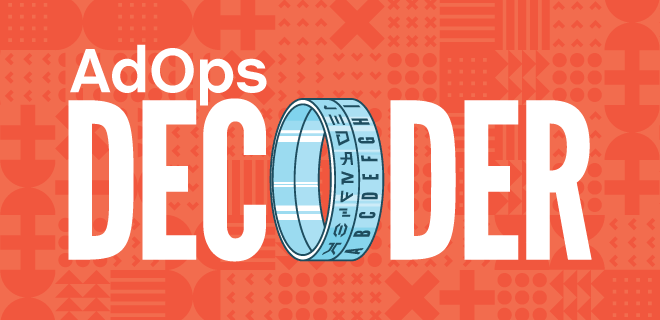
The EU’s Digital Services Act sets new standards for ad transparency, impacting online platforms and advertisers. This is how the DSA is shaping a more accountable digital ecosystem through key compliance requirements.
In a year when disinformation, harmful content, and distrust in media have dominated headlines, protecting the consumer must be a top priority for the digital industry. At the center of this shift is rebuilding trust with users, undermined by bad actors obscuring data use, and privacy impacts.
Among the most critical legislation this year is the Digital Services Act (DSA). First adopted by the European Union (EU) in October 2022 to replace the Electronic Commerce Directive of 2000, the DSA aims to protect online consumers by addressing systemic challenges like illegal content, disinformation, and the need for greater ad transparency.
Understanding the Role of Online Platforms
As of February 2024, the DSA is fully in force, imposing obligations on platform companies and services. Alongside its regulations for platforms like Facebook and Google, the DSA establishes a legal definition of an “online platform” to solidify responsibility for digital environments that engage users.
Under this definition, platforms facilitate information-sharing as a primary service rather than an incidental feature. For example, a forum where user interaction is central is considered a platform, unlike a news site with a simple comment section.
Holding Partners Accountable
Compliance with the DSA has prompted greater diligence among advertisers and tech vendors in choosing collaborators. With the consumer’s rights and security at the forefront, this trend is a positive step for the ecosystem, fostering transparency and accountability that will ultimately benefit all stakeholders.
However, the path to full compliance isn’t immediate. It requires a commitment from publishers, advertisers, and vendors across the industry to go the extra mile for consumers.
Key DSA Articles for Digital Advertising
Article 26 of the DSA outlines specific obligations for online platforms in digital advertising:
- Clearly labeling advertisements.
- Disclosing the advertiser’s identity.
- Identifying the ad’s funding source.
- Explaining why an ad is served to a consumer.
- Providing users with options regarding ad preferences.
Additionally, Article 39 requires large online platforms and search engines to maintain an ad repository, impacting how advertisers organize campaigns and relay audience-targeting information to publishers.
Challenges of DSA Compliance
Although the DSA is not directly applicable to agencies and brands, it still significantly impacts how they operate. For instance, advertisers are now being asked when they set up a campaign to disclose information about why a particular audience is being targeted so that a publisher can then relay this to a consumer.
This information is sometimes not immediately accessible within the advertisers’ organization, or it is more often lost through the intermediation of the supply chain by agencies and vendors, including demand-side platforms (DSP) and supply-side platforms (SSP). However, this adds further complications to privacy and how this information can be shared across the supply chain without putting consumer information at risk.
There has also been some confusion around the definition of an online platform, which has been the subject of various interpretations and which has slowed adoption. Currently, some publishers are reluctant to self-declare as online platforms. Although it’s likely publishers would ultimately meet the criteria for being an online platform, this remains unclear within the regulation.
Clarifying Platform Requirements and Improving Compliance
The European Commission’s focus has been largely on disinformation, yet further refinement is needed for the DSA compliance framework to achieve transparency goals. Industry groups like IAB Tech Lab and the EDAA have created frameworks that could serve as Codes of Conduct, simplifying compliance.
As DSA evolves, clarifications are needed to ensure a uniform compliance process across the industry. These adjustments must also account for the transition from third-party cookies to first-party technologies.
Indeed, despite Google scrapping its plans, third-party cookies will continue to fade into the background. First-party IDs make it more difficult for user choices to be exercised across the web, due to the siloed and fragmented nature of the data, but this has to be addressed by both industry solutions and regulation. This will likely be combined with further development on the granular level of the information disclosed on why consumers are seeing an ad. With this, the DSA compliance framework will become more suited, standardized, and future-proofed to meet the complexity of the open internet.
A Future Built on Transparency
To ensure the DSA’s success, the entire digital advertising ecosystem must work in unison. While the regulation doesn’t apply directly to all supply chain entities, every business involved should support compliance, offer consumers transparency and strengthen the digital landscape.